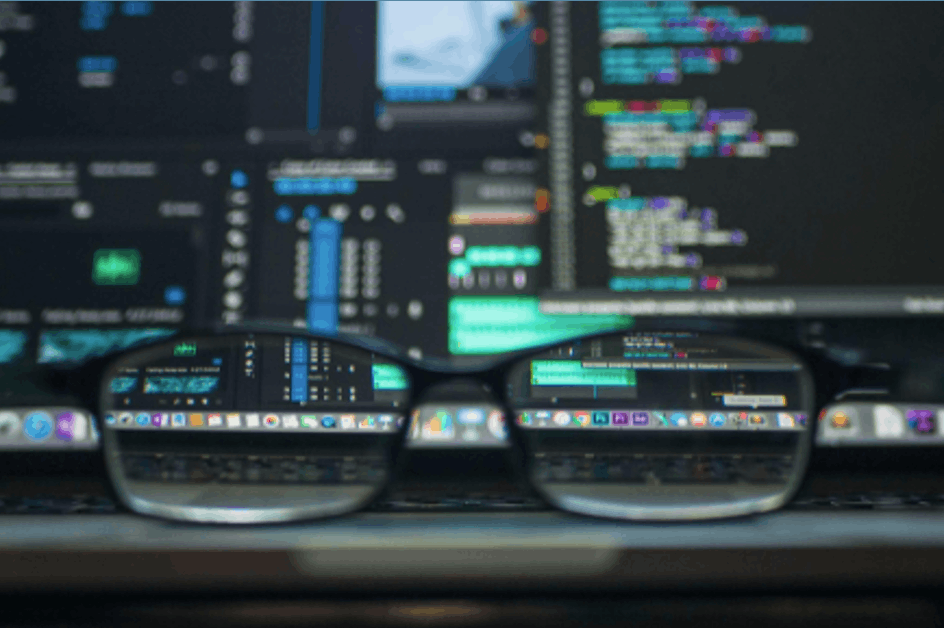AI is a double-edged sword. Artificial intelligence is boosting innovation, but it is also opening up new opportunities for cybercriminals. From hyper-realistic phishing campaigns to deepfakes and autonomous malware, cybercriminals are exploiting AI to outwit security systems. "We are witnessing a real race against time between technological innovation and cyber threats," stresses Koen Segers, Managing Director of Dell Technologies Belgium & Luxembourg. "It is therefore crucial for businesses to stay one step ahead of hackers.
Consolidating the foundations of cybersecurity
Before integrating AI, it is essential to strengthen fundamental defences. Multi-factor authentication and role-based access controls are priority measures for reducing vulnerabilities. At the same time, continuous monitoring enables anomalous behaviour to be detected and rapidly responded to.
Zero Trust architecture is an essential approach. Based on the principle that nothing and nobody is trustworthy by default, it drastically limits risks by requiring systematic verification. "Adopting a Zero Trust architecture means locking down every access to sensitive data", explains Koen Segers.
Finally, the security of AI systems hosted in the cloud requires rigorous data governance and solid protocols to guarantee data integrity.
Harnessing AI for better defence
Once these foundations have been laid, AI becomes a powerful tool for anticipating and countering attacks. Using machine learning, it analyses network flows, detects anomalies and adapts to the new tactics of cybercriminals.
"Artificial intelligence enables threats to be detected more quickly and critical systems to be better protected," adds Koen Segers. These solutions offer proactive defence, identifying weak signals before an incident occurs.
In the event of an attack, AI also facilitates incident response: automation of critical processes, threat containment and rapid data recovery considerably reduce the impact of intrusions.
The key role of the human factor
However, technology alone is not enough. Employees, the first line of defence, need to be trained to identify AI-related threats, such as the deepfakes used in social engineering. Cyber security teams, meanwhile, need in-depth expertise to understand and counter the tactics of cyber criminals.
By adopting a proactive and adaptive approach, businesses can not only protect themselves, but also harness the transformative potential of AI to build a more resilient digital future.
